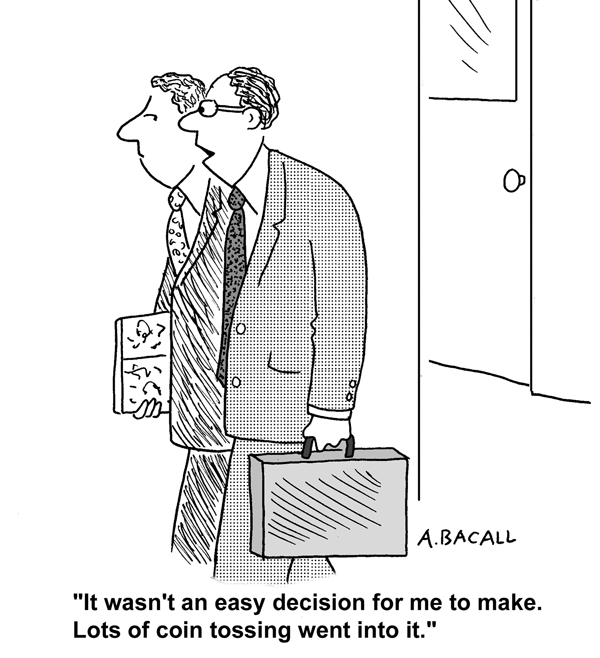The decision-making process is important at every level of an organization. Regardless of position, workers are faced with making daily decisions. Apply the six-step rational decision-making model, within Chapter 8 of your course text, to one of the following situations:
a. You are a product officer for a high-tech company. You have two new products to market, but only have funding for one. How will you determine which product to introduce?
b. A large advertising agency is working with a client who wants to gain market shares from its competitors by marketing to young professionals. The agency needs to decide whether to spend all of the marketing funds on a single form of media (internet, television, or radio) or to spread it across all three. What decision would you make? Why?
c. You are the corporate acquisition officer for a large oil company that has an interest in acquiring an additional small to medium-sized renewable energy company (solar, wind, etc.) in order to diversify your capabilities. What type of company should your organization acquire? Why?
Your initial post should be a minimum of 250-300 words. Your must use at least one scholarly, peer-reviewed source that was published within the last five years and is cited according to APA guidelines
**Please include any other references. Please use the Model listed below.
Rational Decision-Making Model
The basic tenet of the rational decision-making model is to identify and select the outcome that is of maximum value to the organization. Inthis model, the decision-making process has six steps:

- Define the problem. Often, identifying the problem is fairly straightforward, asit is in the sample scenarios above. This is not always the case, however, andmanagers must be careful not to act too quickly, lest they make the mistakeof solving the wrong problem. For example, instead of quickly identifyingassemblers as the problem after a series of line shutdowns, an assembly-linemanager might investigate further and discover that the real problem is anineffective protocol or a faulty machine.
- Identify the criteria. After defining the problem, the organization shoulddetermine its objectives for the decision and the process needed toaccomplish it. Looking back at the scenario about the high-tech companywith two new products, the company may have the ultimate objective ofincreasing sales, but it may also desire greater brand awareness, improvedcustomer loyalty, and greater market share. The company also needs toconsider how it plans to mass-produce, distribute, and sell each of the twopossible new products. The rational decision-making process requires thedecision maker to identify all relevant criteria.
- Weigh the criteria. Different criteria will have different levels of importance tothe decision maker. The rational decision maker will determine relative valuesfor the various criteria by examining the pros and cons of each. Our high-techcompany, for example, would weigh the relative importance of brandawareness versus customer loyalty or the high cost of producing a more innovative product versus the lower cost of producing a new version ofan already popular product.
- Generate alternatives. The fourth step is to generate all possible solutions to the problem. Instead of limiting the scope of the decision tochoosing either product A or product B, the high-tech company might also consider the feasibility of releasing both products on a smaller scaleor even waiting on both products in favor of developing a third. The company might also revisit the various development and marketing criteriafor each of the original products to see if more effective or lower-cost alternatives exist. In the rational decision-making approach, thisinvestigation continues until the cost of the search for alternatives exceeds the value of any additional information (Bazerman, 2002).
- Rate each alternative on each of the criteria. With this step, organizations assign numeric ratings to each of the alternatives generated in step 4in relation to each of the criteria identified in step 2, in an effort to determine how well each alternative is able to satisfy the criteria. This stepcan be especially difficult because it requires the decision maker to forecast future events. For our high-tech company, trying to predict whichproduct—the innovative, expensive item or the lessexpensive revamp—will ultimately be most profitable will be tricky indeed. This is becausethe first alternative may have a less favorable rating on price and risk but a more favorable rating on quality or consumer appeal, whereas thesecond may be at the opposite end of the rating scale on each of these criteria.
- Compute the optimal decision. In a perfect situation, the optimal decision is calculated

